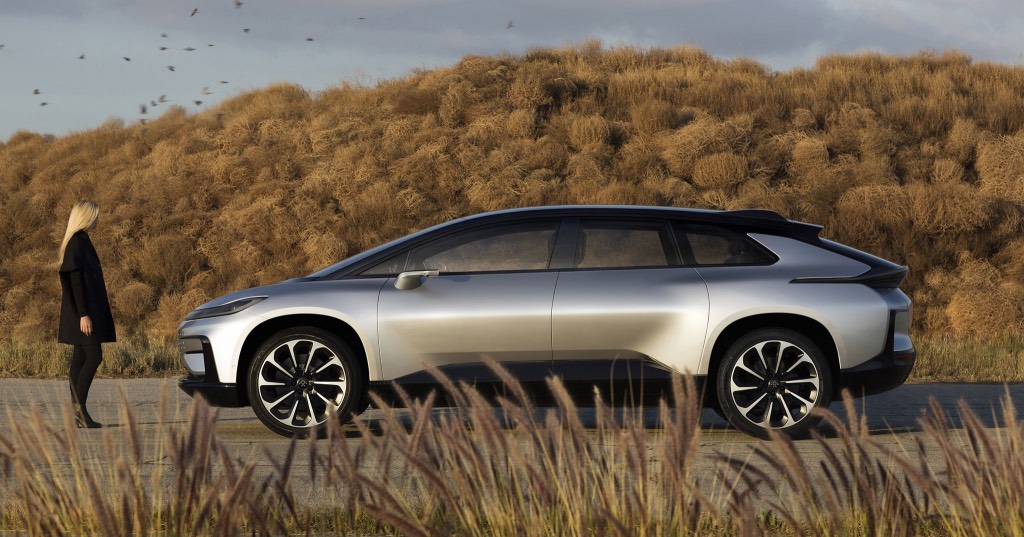Faraday Future continues to fight to stay afloat. In recent years, the company has made all kinds of headlines due to its financial difficulties (liquidity problems, disputes with its main investor, non-payments to its suppliers, developments that never end), is now trying to go public to secure its future.
This movement will be possible thanks to its merger with a SPAC, a type of shell company that goes public with the sole objective of raising money to acquire another company later completely or partially. “We are working on such an agreement … and hopefully, we will be able to announce something very soon,” said Carsten Breitfeld, CEO of Faraday Future.
SPACs are being used as a quick method for new technology startups to access the stock market. According to Breitfeld, the first Faraday Future model, the FF91, will begin deliveries nine months after the deal closes, while the start of full-scale production will take a year.
Faraday Future’s goal is to raise between $800 million and $850 million to launch the FF91. Although initially, it was expected that its production would take place in the plant that the company has in Hanford, California. Finally, it will be an Asian manufacturer in charge of producing the vehicle for Faraday Future, in the style of what Magna does with brands such as Jaguar.
According to Breitfeld, Jia Yueting, the founder of Faraday Future, does not currently own shares in the company, which has become owned by more than half of the employees through an executive partnership and a plan of stock ownership. According to the executive, Jia, who declared his personal bankruptcy last June, was a major sticking point in attracting other investors.
“Due to this history and the bad news that has hit the company, not everyone trusts us. They want to see that we have become a stable company.” Breitfeld, who was an executive at BMW in the past, was one of the founders of the Chinese startup BYTON, where he worked until early 2019.

